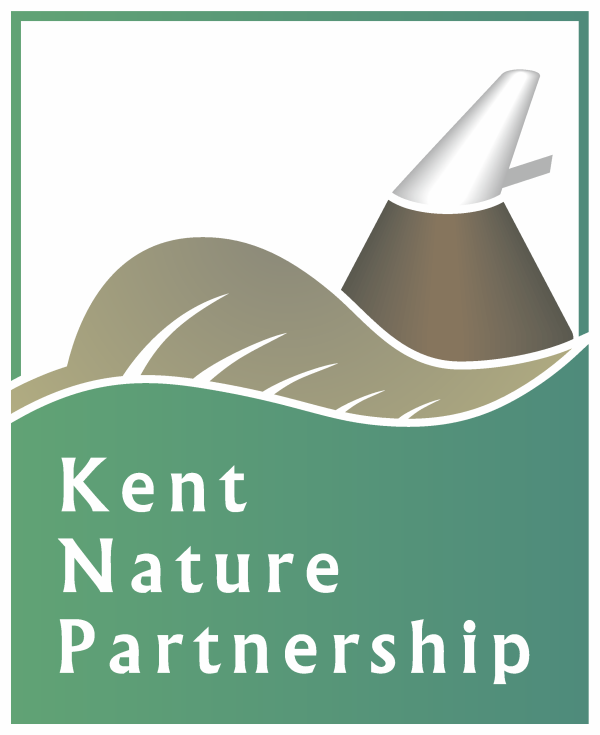Natural Capital
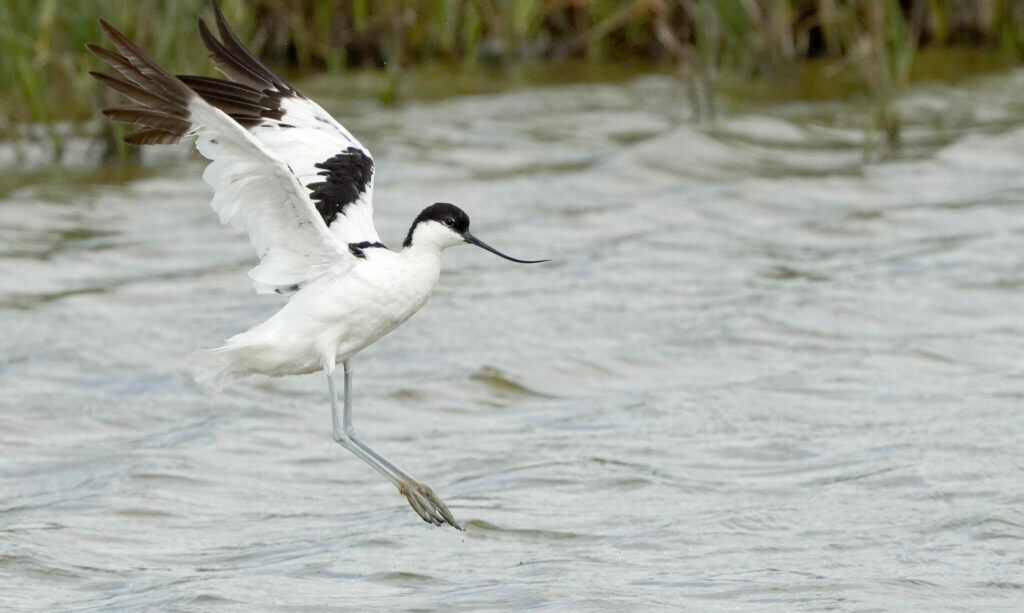
The concept of natural capital is a powerful tool that helps us understand and value the goods and services we get from the natural world. Kent is a county rich in natural capital, but some of the most valuable services this provides are intangible and therefore not properly considered in decision making and investment.

The term “natural capital” is not a direct replacement of the term “ecosystem services”, rather the distinction is that ecosystem services are the “flows of benefits” which people gain from natural capital, and natural capital is the stock of habitats and species from which these benefits flow.

Natural capital has become the more familiar term in recent years, partly because of the government’s Natural Capital Committee (NCC) an independent advisory committee (2012 to 2020) chaired by Professor Dieter Helm. During its second term (2016 to 2020) the committee focused on helping the government develop its 25-year environment plan (25YEP). Natural capital is now at the centre of the Environment Bill, the legislation which will enact the 25YEP.
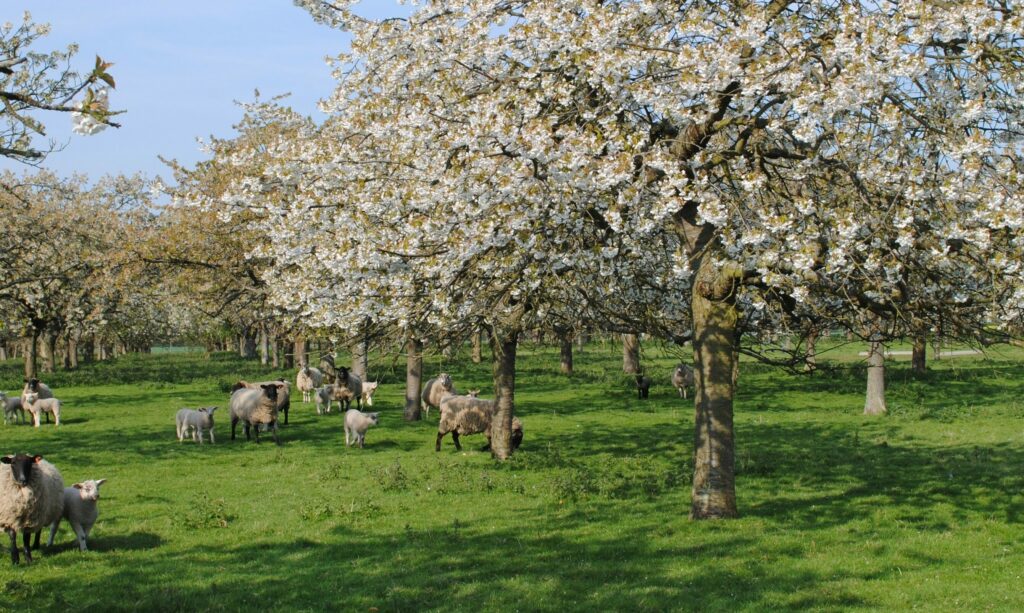
This translates through to Local Nature Recovery Strategies (LNRSs), which will need to consider the contribution that natural capital principles and investment can make to delivering the Nature Recovery Network (NRN). Nationally, the Office for National Statistics has been developing Natural Capital Accounts since 2016, detailing the extent of natural assets on a broad habitat level, as well as their contribution to a range of ecosystem services. New Environmental Land Management schemes are looking to reward farmers for their contribution to ‘public goods’ by looking after natural assets on their land.

Different types of natural assets have the potential to provide different types of ecosystem services. Whether this potential is realised depends on three key characteristics for the assets:
- Quantity or extent.
- Quality or condition.
- Spatial configuration or location.

Condition and spatial configuration include a range of attributes that are specific to the type of asset and the ecosystem service being considered. The combination of these attributes relates to the ability of the asset to produce different services. For example, the extent of artificial drainage in wetland areas can negatively affect the ability of that asset to provide the service of flow regulation. This is important for provision & retention of water, so it is important for water resources and flood risk, apart from the ecological function of a river system.
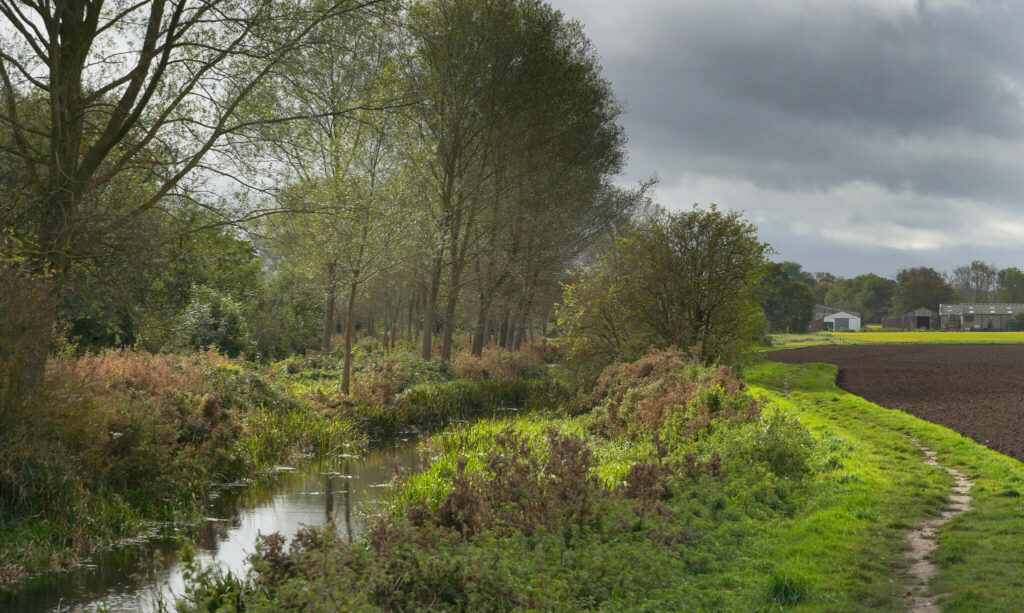
A range of pressures can reduce the services natural assets are able to provide. Pollution from wastewater and agriculture, land conversion and degradation of existing habitat and climate change are some of the biggest pressures impacting our natural assets in Kent.

Investment in natural capital has also advanced in recent years. More businesses, including supermarkets, insurance companies and developers, are taking account of the natural capital on which, they depend, as well as focusing on investing in natural capital as part of building resilience and their environmental offsetting. There is a lot more to be done here however, to develop markets and improve investment across Kent’s natural capital.
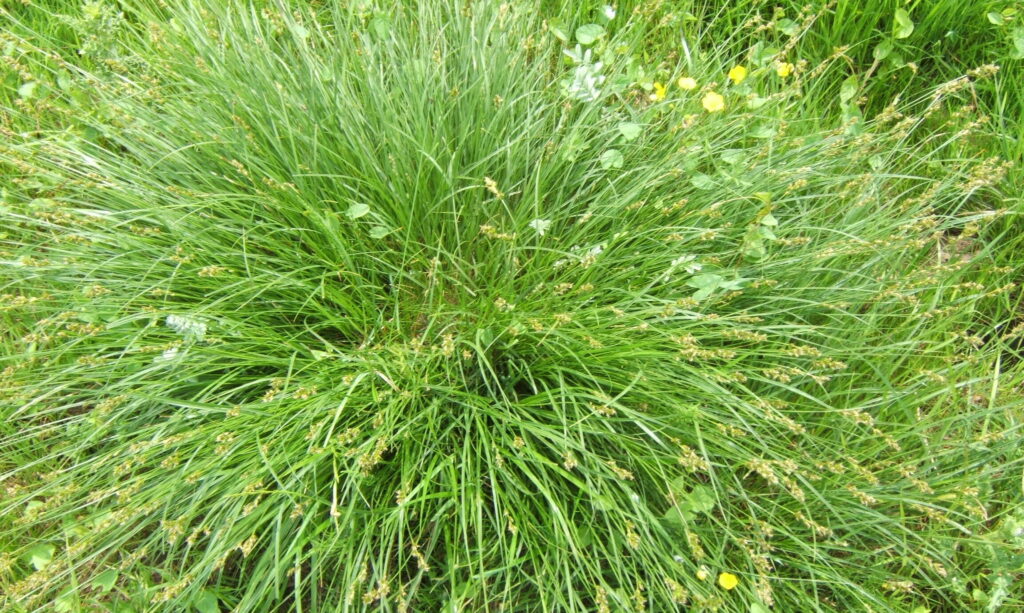
In Kent, a range of natural assets support the provision of ecosystem services we rely on. Many services depend on multiple assets in combination, and in turn any asset can provide multiple services, but their condition is often degraded.
